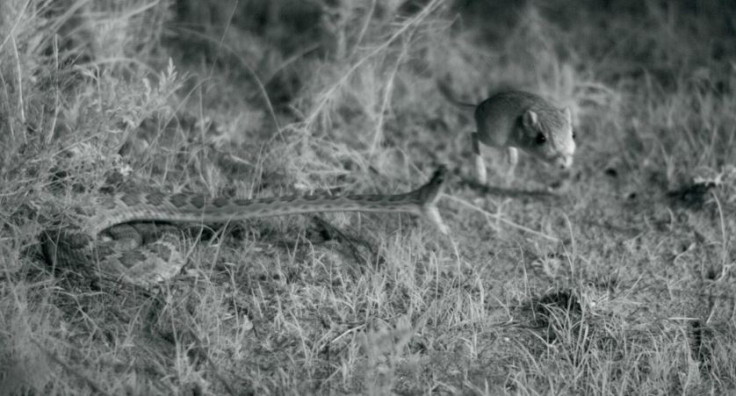Rattlesnake 'expert' dies after getting bitten by one of his pets
Fatalities from rattlesnake bites are rare in the United States, according to Centers for Disease Control and Prevention.
William H. "Marty" Martin, a famous rattlesnake researcher, died after a captive rattlesnake bit him at his house in West Virginia.
Martin, who was often described as an ambassador for rattlesnakes, developed a fascination for the species after he accidentally discovered a population of rattlesnakes in the Bull Run Mountains in northern Virginia at the age of nine.
He continued working around rattlesnakes for the rest of his life and was very vocal about his work. Martin had recovered from a rattlesnake bite once, but he did not survive the second time. Experts claim that a second bite could be more dangerous and that age can also play a role in how fatal a bite can be.
His wife, Renne Martin, confirmed that he died on August 3, a day after he was bitten by his pet rattlesnake, per a report in The Independent.
Martin spent decades hunting for new groups of timber rattlers, one of the most venomous species in the US. The timber rattlers are a docile species and usually avoid human contact unless accidentally stepped on.
Martin's close friend, Joe Villari, who also manages the Bull Run Mountains Preserve, wrote a long tribute on Facebook after his death as he recalled his work on rattlesnakes.
A part of the note read: "He went on to traverse across most of the snake-bearing continents (on foot!), intentionally spending time in some of our globe's most dangerous locals to document venomous snake populations...He acted as one of their earliest ambassadors – far before the eruption of the ecological and animal welfare enlightenment of the 1970s."
Villari told the Associated Press that right up until his death, Martin continued to go on treks to remote locations to monitor snake populations. He said, "He was in his 80s, and he was hard to keep up with."
According to the Centers for Disease Control and Prevention, fatalities from rattlesnake bites are rare, with an average of about five people dying each year in the United States.





















